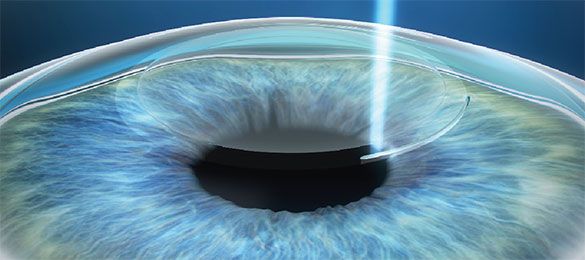
One of the most common questions I hear every day from patients is, “What is new in refractive surgery?” I have asked Jim Owen, OD, an expert in refractive surgery technology, to discuss the latest version of LASIK-topography-guided LASIK-with David Geffen, OD, FAAO, who participated in Alcon’s Contoura Vision clinical trials.
















































.png)


